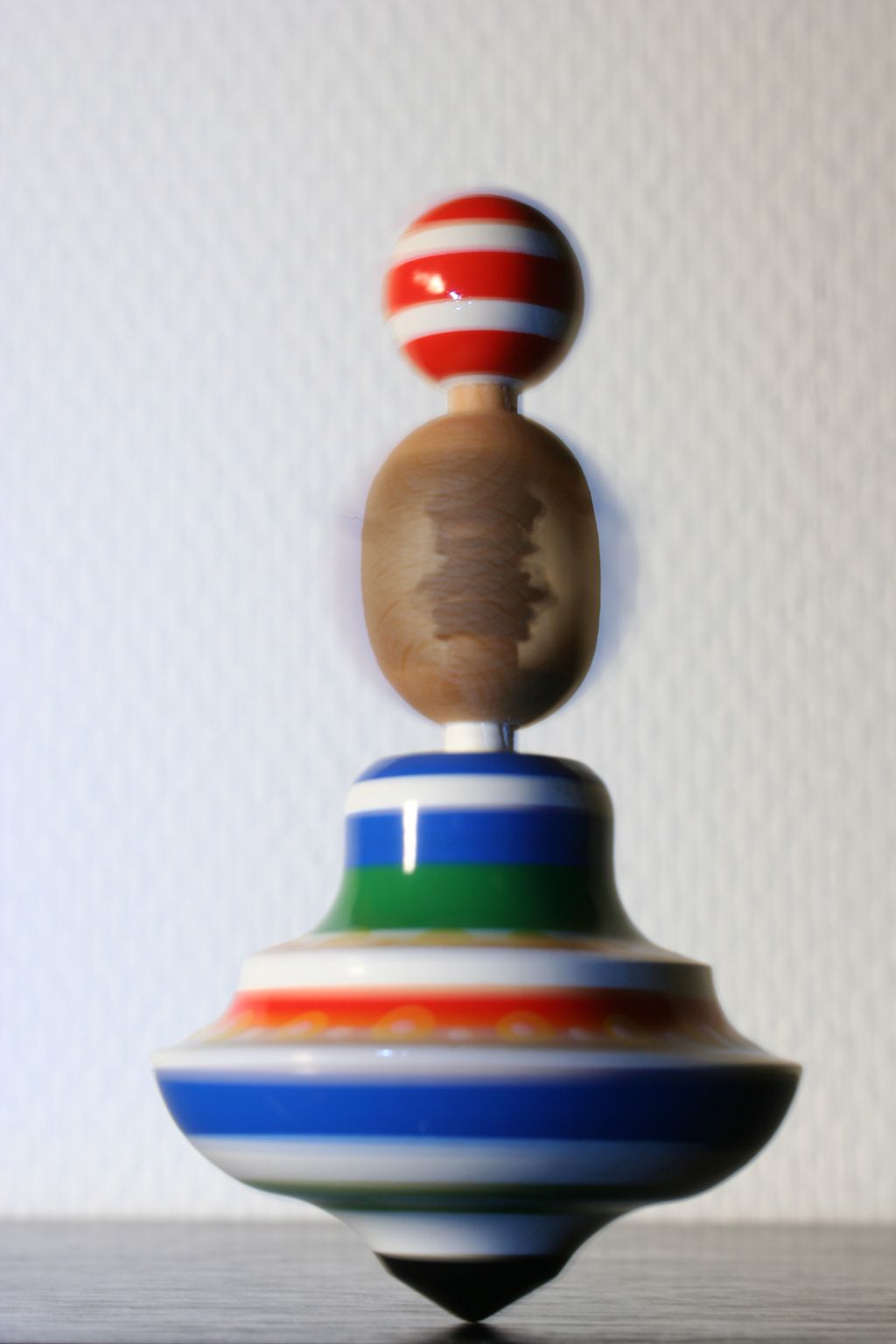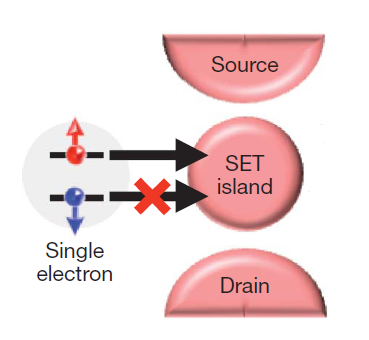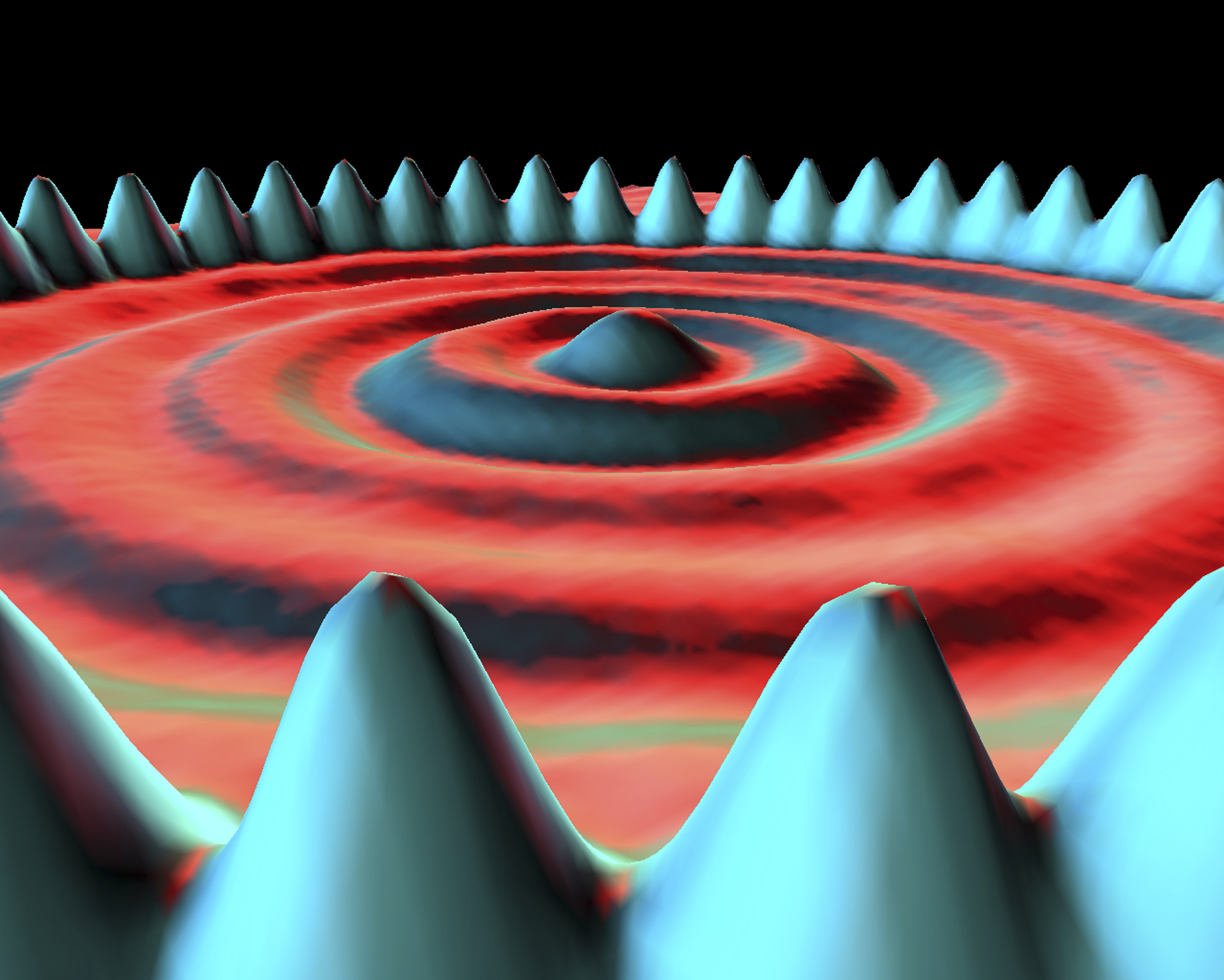
Photo by Philippe Teuwen via wikimedia.
This week’s issue of the magazine Science has no less than three papers on a single topic, namely new ways of computing using the quantum mechanical property of spin. Taken together, these provide a brief glimpse into the different ways researchers have progressed in incorporating spin into electronic devices.
The fundamental element of a computer chip is the transistor. The transistor is where the bits are switched from 0 to 1 and vice versa. Transistors are made from semiconductors such as silicon and operate by moving electrical charges between two contacts. But electrical charges are not the only possibility to operate a computer. Another one is to use spin.
What is spin and why do we care?
Spin is a quantity that is related to the rotation of fundamental particles around their own axis, similar to a spinning top. The concept of spin is deeply rooted in quantum mechanics, pioneered by people such as Wolgang Pauli and Niels Bohr. Of course, the analogy of such a fundamental property to a spinning top does not work fully. If you want to learn more about the intriguing world of spin, take a look at Dave Goldberg’s blog post.
But how does spin have any relevance in computing? Well, if the particle with spin also has an electrical charge, as the electron does, this also creates a magnetic field, similar to that of a tiny compass. This magnetic field can be used to store information just like an electric charge. Whether the compass points upwards or downwards then corresponds to the 0 and 1 of a bit.
[…]
Continue reading...
Quantum computers are so highly sought after because they can solve complex mathematical problems and parallel computer operations such as code breaking really fast. Attempts to build quantum computers come in many flavours and use different kinds of quantum states, ranging from trapped atoms, superconductors to semiconductors such as gallium arsenide or diamond. The approach with diamond is particularly promising as it uses the spin of an electron to perform quantum computing operations, which means that such devices could be nicely tied in with conventional electronics and its control of electron transport itself.

Reading single spins. The information of a single spin in a reservoir can be read by a silicon single electron transistor island. Reprinted by permission from Macmillan Publishers Ltd. Nature (2010). doi:10.1038/nature09392
Now, Andrea Morello, Andrew Dzurak and colleagues from the University of New South Wales in Sydney in collaboration with researchers from Melbourne and Aalto University in Finland have achieved a major step towards such quantum computers using the most straightforward electronic material available: silicon. In a paper in Nature they demonstrate the reading of a single electron’s spin with a silicon electronic circuit. “Until this experiment, no-one had actually measured the spin of a single electron in silicon in a single-shot experiment,” says Morello. Ronald Hanson from the TU Delft, who works on the competing approach using impurities within diamond, agrees: “this is a result that the silicon quantum computing community has been waiting for for a long time.”
The principle of how the electron spin is read with a silicon circuit is relatively straightforward. It uses a charge reservoir, where the electrons are stored in phosphorus impurities that are implanted into the silicon. Next to the reservoir is a single electron transistor, which is a tiny silicon transistor that can detect the presence of a single electron.
[…]
Continue reading...
Scanning tunnelling microscopes (STM) are a wonderful instruments that can not only image but also manipulate individual atoms on a surface. Developed by Gerd Binning and Heinrich Rohrer in 1981, STM and their derivatives revolutionized our understanding of what happens on the surface of materials.

The famous quantum corral, fabricated and imaged in 1993 by Don Eigler at IBM. Atoms (blue) are placed on a circle and consequently modify the electron density on the surface (red ripples). (c) IBM
Expanding on Binning and Rohrer’s work at IBM in Zurich, Don Eigler at IBM’s Almaden lab in particular pioneered the modification of individual atoms on a surface. In 1989 he famously accomplished moving atoms on a surface to form the letters IBM. For these accomplishments Eigler received this year’s Kavli Prize in Nanoscience.
IBM continues to pioneer STM research at Almaden. The group of Andreas Heinrich, for example, who started at IBM in 1998 as a postdoc with Don Eigler, is working on the study of magnetic atoms. He and Eigler have now accomplished another major advance in microscopy technology. So far, STM measurements were mainly static and little information of dynamic properties was available. In a study published in Science, they now have developed a method that is able to measure how long it takes for atoms to flip their electron spin. This technique opens the door to measurements of the dynamics of a number of properties, for example vibrational states.
[…]
Continue reading...





December 17, 2010
3 Comments